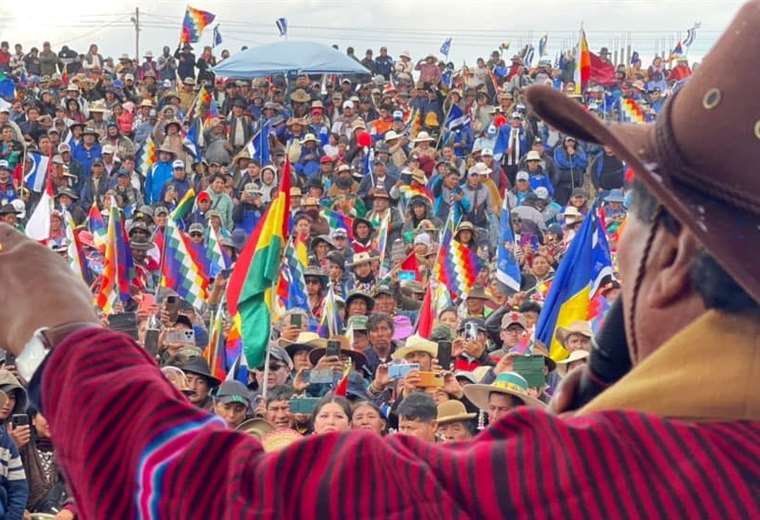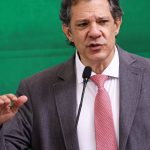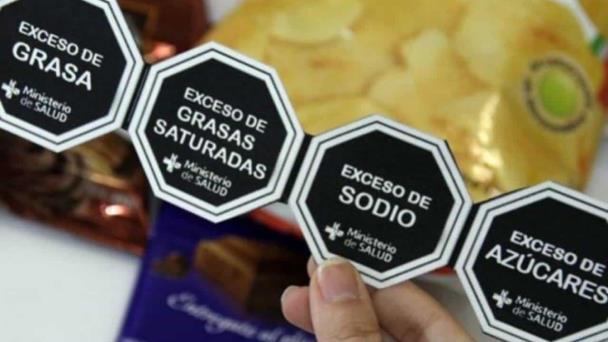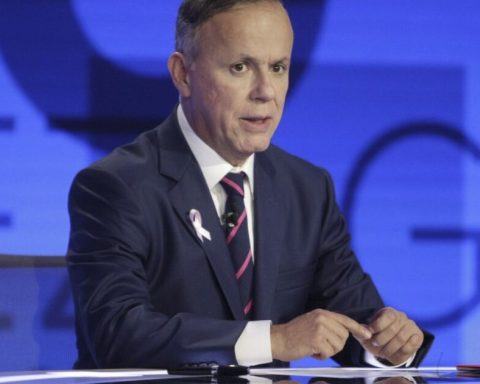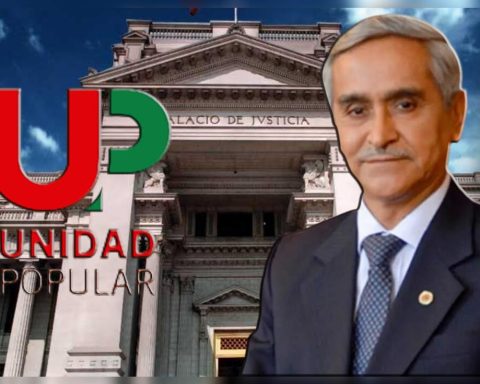September 22, 2024, 10:00 PM
September 22, 2024, 10:00 PM
The announcement by former President Evo Morales to enter La Paz by four points is not new and is a reissue of two marches that took place 30 years ago by coca growers from Los Yungas and Chapare, when forced eradication began to be applied, dictated by Law 1008.
The English and Bolivian anthropologist Alison Spedding, known in the Yungas region as “the gringa,” recalled in her book “Ritual Battles and Protest Marches: Ways of Appropriating Space in the Department of La Paz” the various protest marches carried out by peasants in the city of La Paz.
According to this document there are two events, that of September 1994 when the peasants Coca growers in Los Yungas marched in protest against forced eradication which had been initiated in that region and also for the recognition of their association which would be called Adepcoca. And the second, led by the women coca growers who denounced abuses by the Police.
“The march in Los Yungas began on September 6, 1994. It continued along the road to the old town of Unduavi (below the police checkpoint of the same name, which is as far as the paved road goes) and then on foot paths through the mountain range, to emerge unexpectedly just above the peripheral neighborhood of Pampahasi (above the city, to the northeast) and not in Villa Fátima,” which is the natural entrance to that area, wrote Spedding.
That year, the Minister of the Interior (Government) was Carlos Sánchez Berzaín and he first decided to go and wait for the coca growers in La Cumbre and force them to return. The peasants never arrived and Sánchez Berzaín said it was a “ghost march”. Then a rumor arose that they were entering through the South zone and the police were mobilized to that place, however, they entered through Pampahasi and surprised the authorities. Sánchez Berzaín removed the soldiers and the repression caused 50 injuries.
But not only the Yungueños marched on this occasion, the Chapareños evaded the authorities who were waiting in El Alto and They took other routes to reach La Hoyada“The marchers passed through Circuata in Inquisivi and from there to the river of La Paz. Then they took a more direct route following the river towards Río Abajo, instead of taking the longer route, through Chulumani and Irupana, following the main road. They entered La Paz through the well-off neighborhoods of the south, two days after the arrival of the Yungueños,” recalls the English anthropologist in her book.
Two years later, it was the turn of the female coca growers from Chapare who marched from that area and, replicating the route that the men made two years earlier, entered La Paz through the South zone and They aroused the solidarity of the most residential neighborhoods from the seat of Government.
This episode was recalled by Evo Morales, when he explained that the income would be through the four points, although he did not specify the year, he said that The women taught that there were alternative routes to get to La Paz. Organizations in El Alto that support Mayor Eva Copa have warned that they will not let the march pass and have already begun their vigil.
For this opportunity, the journalists decided that the Fecoman mining cooperative members would enter through the Villa Fátima area, which is the northern entrance to La Paz. On Sunday, Morales said that he would not detail the strategy, but that they would be in La Paz on Monday.
